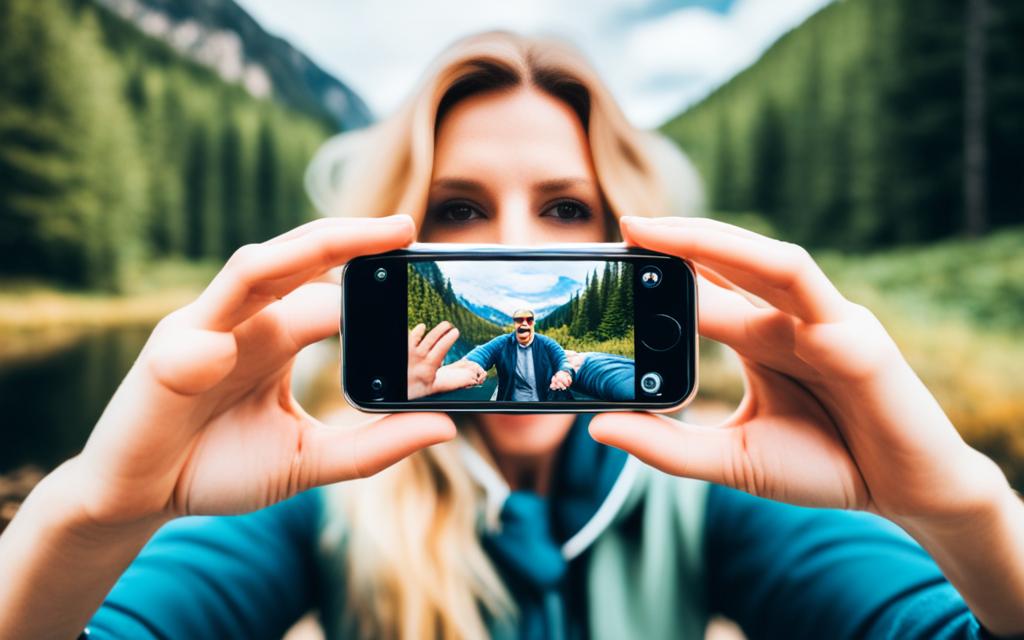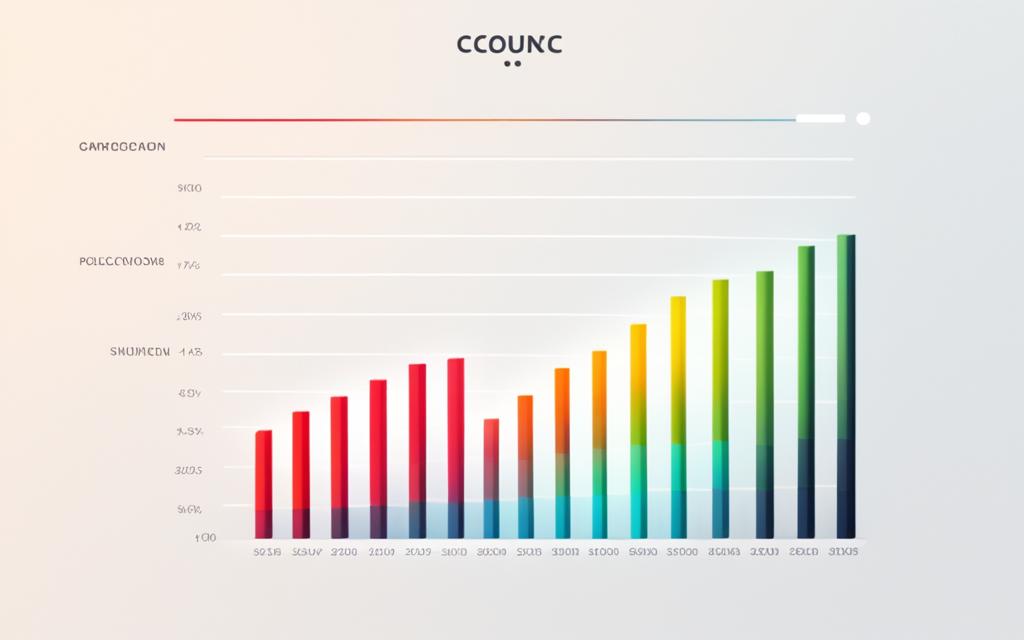Welcome to an exhilarating journey through the captivating history of social media! Over the past few decades, the digital landscape has undergone a remarkable transformation, revolutionizing the way we connect, share, and consume information. From the humble beginnings of bulletin board systems to the meteoric rise of platforms like Facebook, Twitter, Instagram, and TikTok, the evolution of social media has been nothing short of remarkable.
In this article, we’ll uncover 10 fascinating facts that will shed light on the incredible journey of social media, providing you with a deeper understanding of how it has become an integral part of our daily lives. Prepare to be amazed as we explore the early days, the rise of industry giants, the impact of mobile technology, and the influential role of social media in our modern world.
Key Takeaways
- Social media has evolved from bulletin board systems to global platforms
- Facebook and Twitter have played a significant role in shaping the social media landscape
- The rise of smartphones and mobile apps has revolutionized how we engage with social media
- Instagram and Snapchat have had a profound impact on visual communication and content sharing
- Social media has transformed the way businesses and influencers connect with their audiences
The Early Days of Social Media
The world of social media has come a long way since its humble beginnings. Let’s take a journey back in time and explore the early days of this digital revolution, from the emergence of bulletin board systems to the rise of groundbreaking platforms like Friendster and MySpace.
From Bulletin Board Systems to Friendster
The roots of social media can be traced back to the 1970s and 1980s, when bulletin board systems (BBS) allowed users to connect and exchange information. These early online communities laid the foundation for the social networks we know today. As technology advanced, the 2000s saw the emergence of Friendster, one of the first popular social networking platforms that allowed users to create profiles, connect with friends, and share content.
The Birth of MySpace and Its Cultural Impact
The early 2000s also witnessed the rise of MySpace, a social networking site that quickly gained traction and became a cultural phenomenon. MySpace allowed users to customize their profiles, share music, and connect with friends and communities of shared interests. It played a significant role in shaping the way people, especially young individuals, expressed themselves and interacted online.
| Social Media Pioneer | Year Launched | Key Features |
|---|---|---|
| Bulletin Board Systems (BBS) | 1970s-1980s | Allowed users to connect and exchange information |
| Friendster | 2002 | One of the first popular social networking platforms, allowing users to create profiles and connect with friends |
| MySpace | 2003 | Allowed users to customize their profiles, share music, and connect with friends and communities |
The early days of social media were marked by the emergence of innovative platforms that paved the way for the social media landscape we know today. From the pioneering bulletin board systems to the cultural impact of MySpace, these foundational technologies laid the groundwork for the ever-evolving world of digital connections and social interactions.
The Rise of Facebook and Twitter
In the early 2000s, the social media landscape was rapidly evolving, and two platforms emerged that would forever change the way we connect, share, and consume content online: Facebook and Twitter. These social media giants quickly rose to prominence, captivating users around the world and transforming the digital landscape.
Facebook, founded in 2004 by Mark Zuckerberg and his Harvard University classmates, started as a small social network for college students. However, it soon expanded beyond the campus, becoming a global phenomenon. By 2008, Facebook had reached 100 million users, and its growth only accelerated from there. Today, it boasts over 2.9 billion active users, making it the largest social media platform in the world.
Twitter, on the other hand, was launched in 2006 by Jack Dorsey, Evan Williams, Biz Stone, and Noah Glass. This social networking platform quickly gained traction, allowing users to share short, 140-character (later expanded to 280-character) messages known as “tweets.” Twitter’s simplicity and real-time nature appealed to a wide audience, and by 2012, it had reached 140 million active users.
The rise of Facebook and Twitter transformed the way people communicate, share information, and consume news. These platforms became the go-to destinations for users to stay connected with friends, family, and the world around them. They also revolutionized the way businesses and organizations engage with their audiences, offering powerful tools for marketing, customer service, and brand-building.
As the social media platforms continued to evolve, they faced various challenges, including concerns over user privacy, the spread of misinformation, and the impact of social media on mental health. However, their influence on modern society remains undeniable, and their continued growth and innovation only underscores their importance in the digital age.
| Platform | Year Launched | Active Users (as of 2023) |
|---|---|---|
| 2004 | 2.9 billion | |
| 2006 | 436 million |
“Social media is not about the technology, it’s about relationships, and that’s what matters most.”
– Brian Vickery, Social Media Strategist
Social Media in the Mobile Era
The widespread adoption of smartphones and the rise of mobile-friendly social media apps have profoundly transformed the way we experience and interact with social platforms. The mobile era has ushered in a new era of social media, revolutionizing how we share, consume, and engage with content on the go.
The Advent of Smartphones and Mobile Apps
The introduction of smartphones, with their intuitive touch interfaces and always-connected capabilities, has been a game-changer for social media. These powerful mobile devices have become extensions of our daily lives, allowing us to seamlessly access our favorite social networks and share moments with friends and followers from anywhere, at any time.
The development of mobile-optimized social media apps, such as Instagram and Snapchat, has further fueled the growth and evolution of social media in the mobile era. These apps have been designed with mobile-first principles, leveraging the unique features and capabilities of smartphones to create engaging, immersive, and user-friendly social experiences.
The Explosive Growth of Instagram and Snapchat
Among the notable players in the mobile social media landscape, Instagram and Snapchat have emerged as two of the most influential and rapidly growing platforms. These visual-centric apps have tapped into our innate desire to share and consume content in a more authentic, ephemeral, and interactive way.
Instagram, with its sleek interface and innovative features like filters and stories, has transformed the way we capture and share our daily lives. The platform’s emphasis on visual storytelling has resonated with users, leading to its explosive growth and the rise of a new generation of digital influencers.
Similarly, Snapchat has revolutionized the way we communicate through its unique blend of instant messaging, photo, and video sharing. The app’s focus on ephemeral content and its innovative features, such as augmented reality lenses and filters, have captivated a younger demographic and redefined the social media landscape.
| Platform | Monthly Active Users (2022) | Key Features |
|---|---|---|
| 1.5 billion |
|
|
| Snapchat | 557 million |
|
The rise of Instagram and Snapchat has not only transformed the way we experience social media in the mobile era but has also had a profound impact on various industries, from marketing and advertising to entertainment and e-commerce.
“The mobile revolution has fundamentally changed the way people discover, consume, and share content. Social media platforms like Instagram and Snapchat have capitalized on this shift, creating immersive and engaging experiences that resonate with users on the go.”
The Impact of Instagram and Snapchat
The rise of visually-driven platforms like Instagram and Snapchat has significantly transformed the social media landscape. These platforms have empowered users to share and consume a wealth of visual content, from captivating photos to engaging videos. The Impact of Instagram and Snapchat has been profound, as these apps have reshaped the way we communicate, express ourselves, and stay connected in the digital age.
Visual Content has become the lingua franca of modern social media, with platforms like Instagram and Snapchat leading the charge. The ability to easily capture, edit, and share visually-striking content has sparked a new era of visual storytelling, allowing users to convey emotions, experiences, and perspectives in a more immediate and impactful way. This shift has influenced Social Media Trends, as audiences increasingly crave and engage with visually-rich content across various platforms.
The Impact of Instagram and Snapchat extends beyond just content consumption, as these platforms have also become powerful marketing and branding tools. Savvy businesses and influencers have leveraged the visual nature of these apps to create captivating campaigns, foster deeper connections with their audiences, and drive measurable results. As the appetite for Visual Content continues to grow, the influence of Instagram and Snapchat will undoubtedly continue to shape the future of social media and digital communication.






